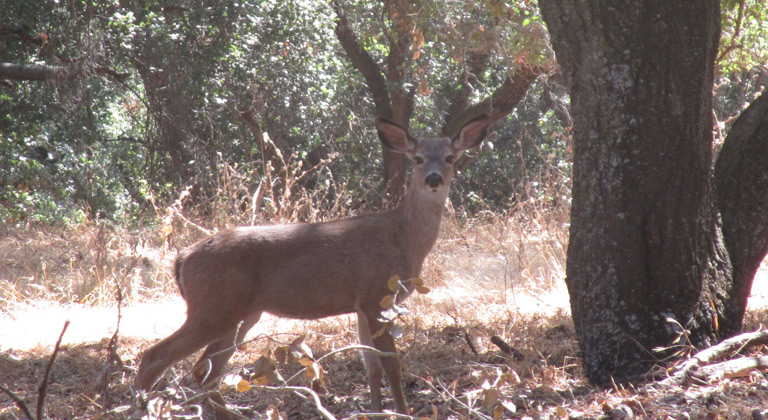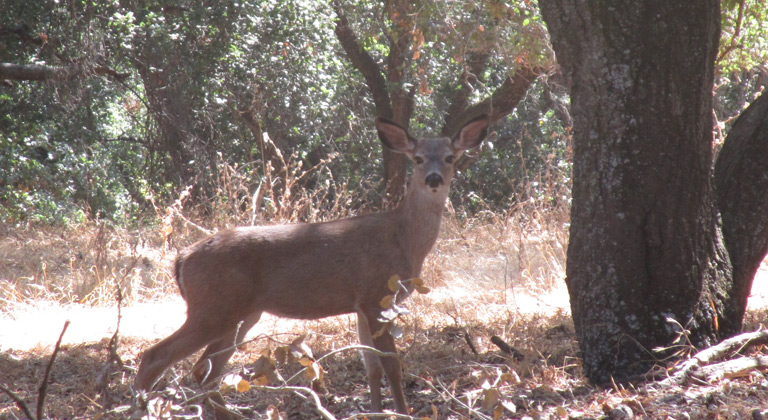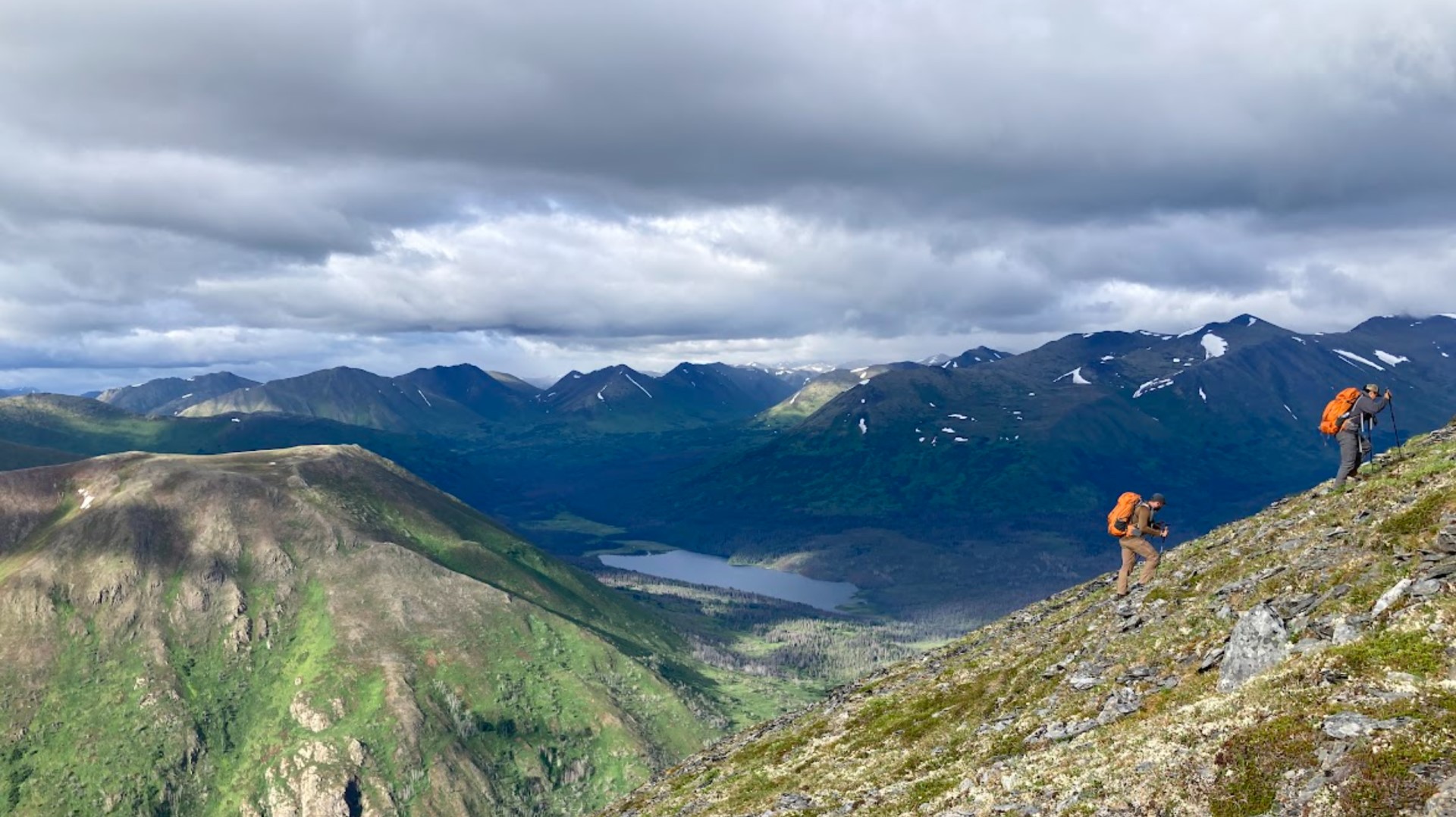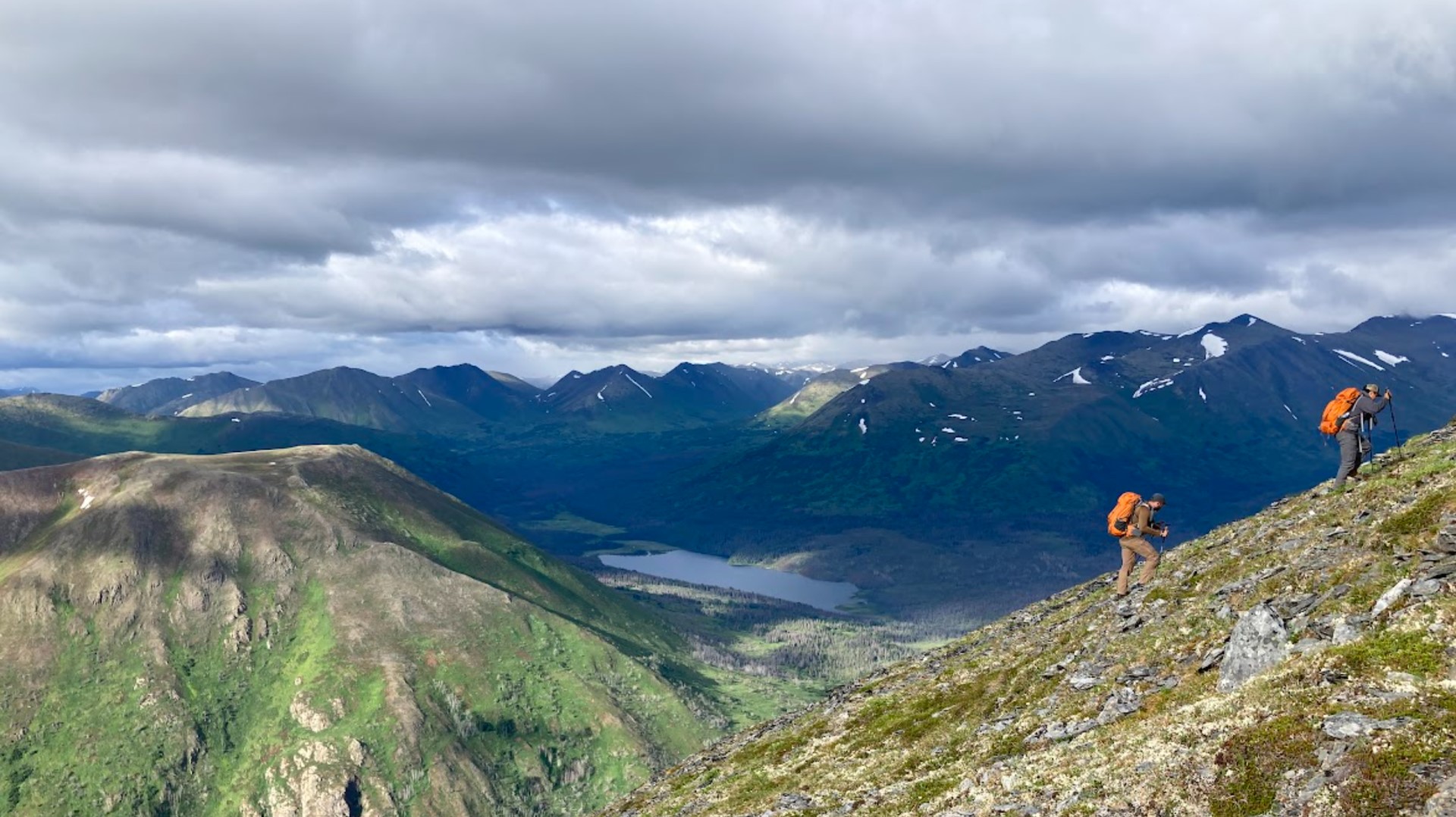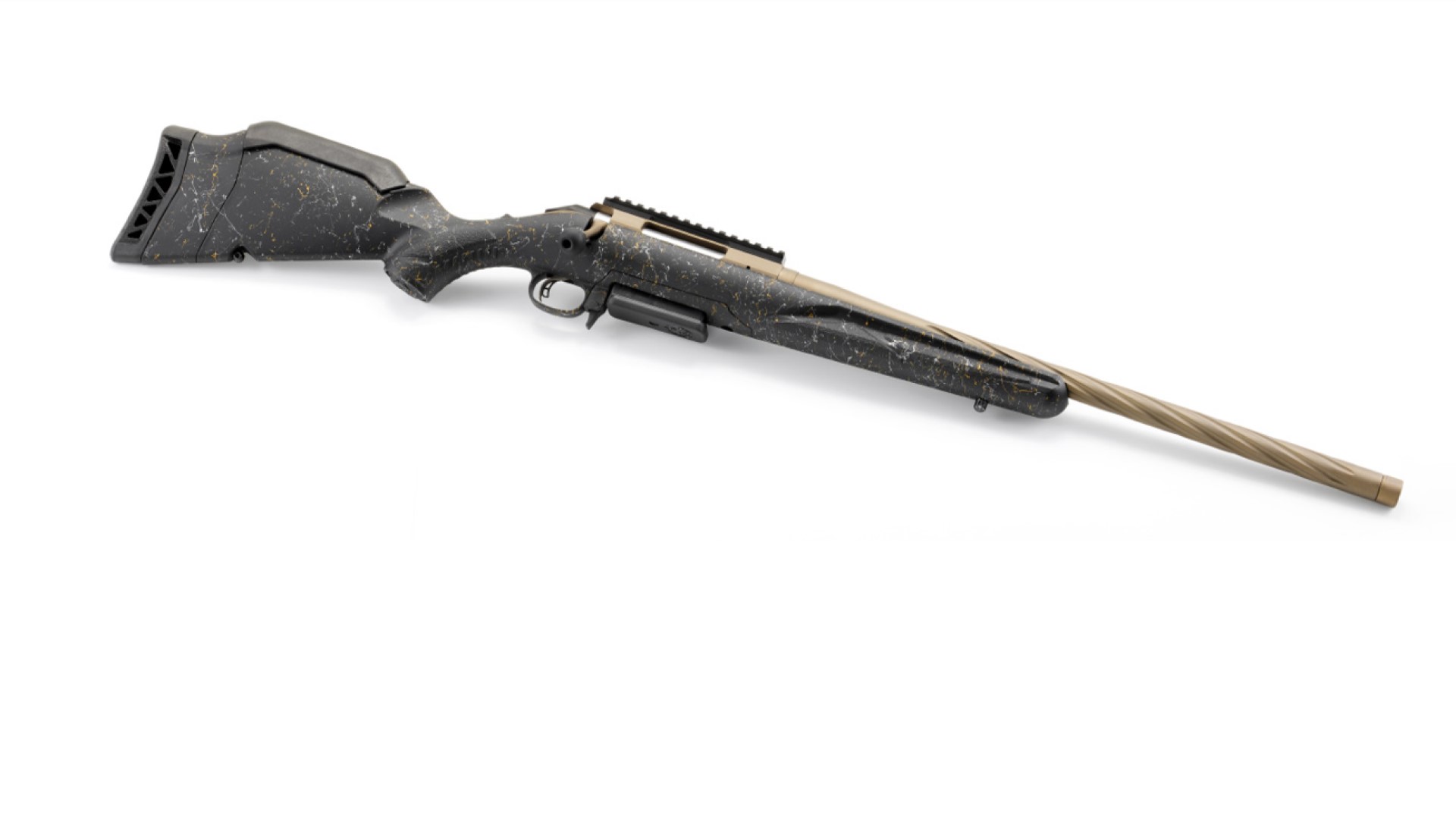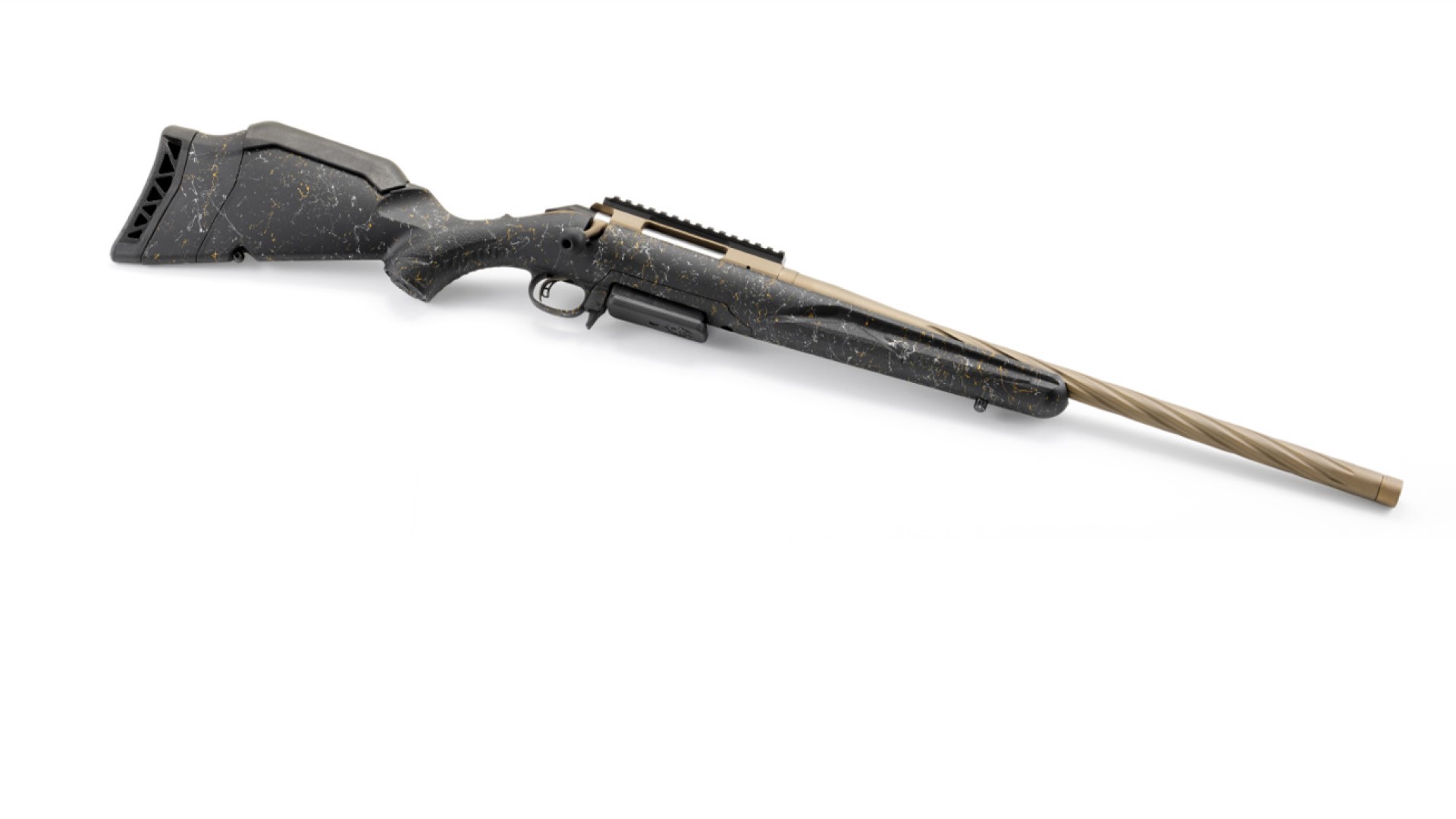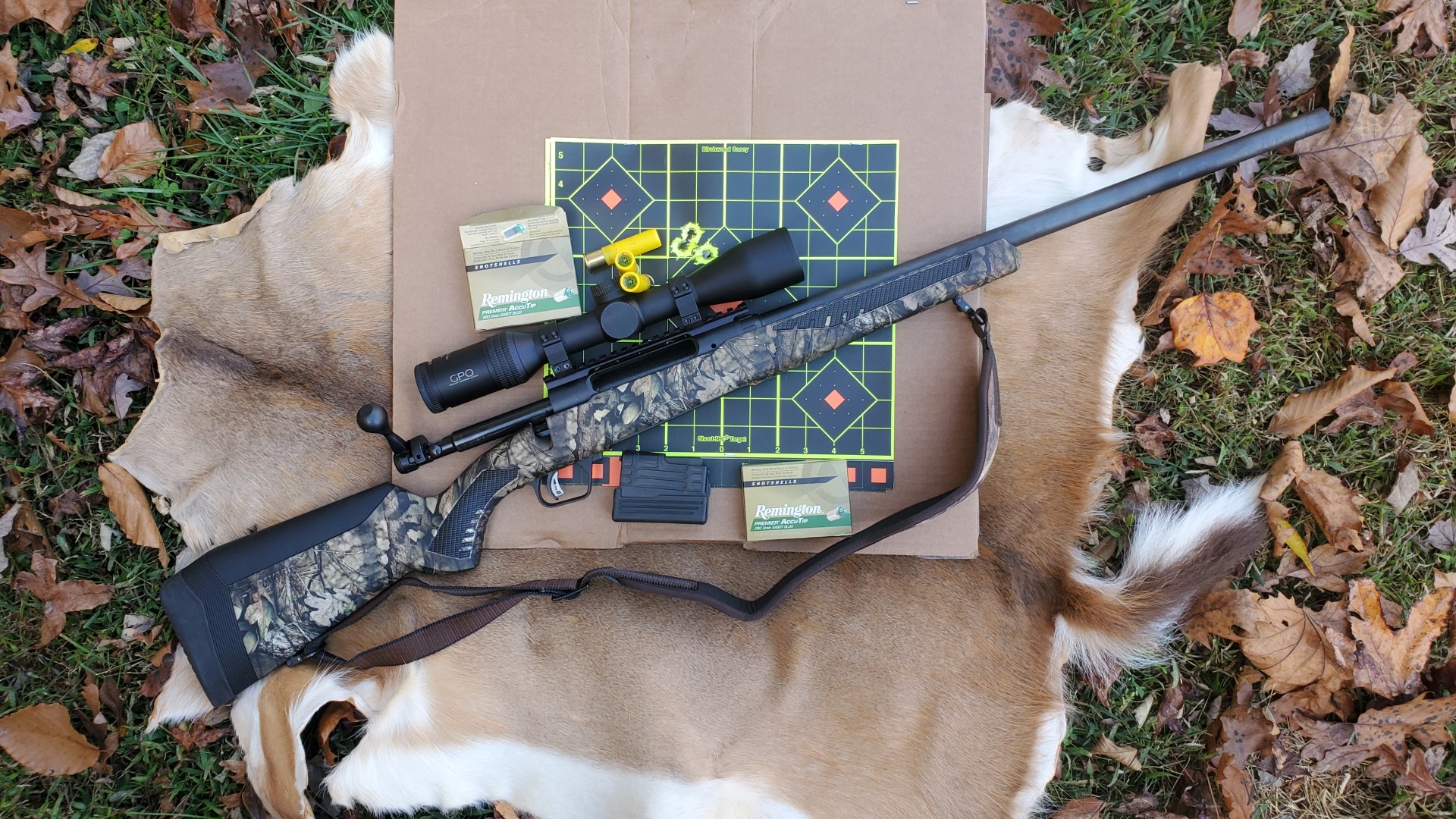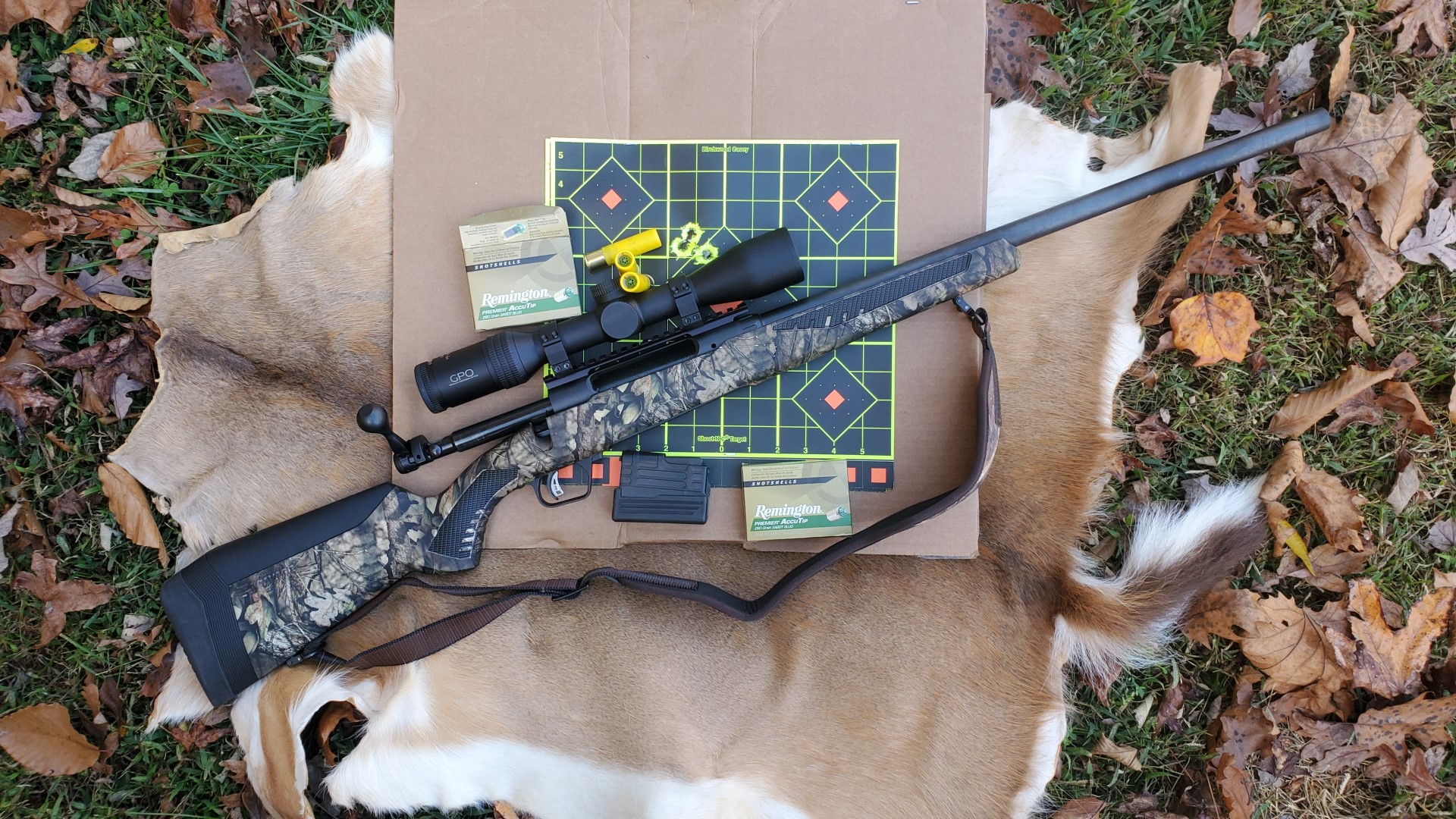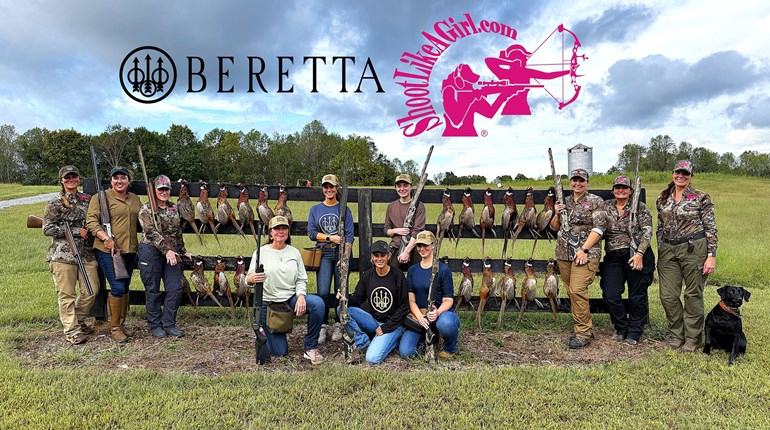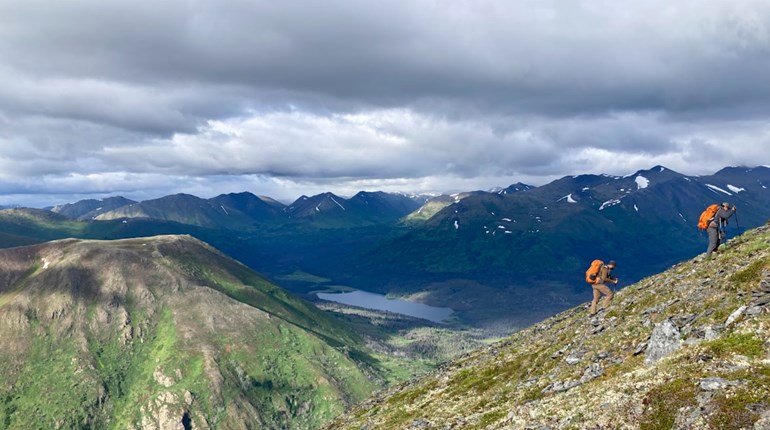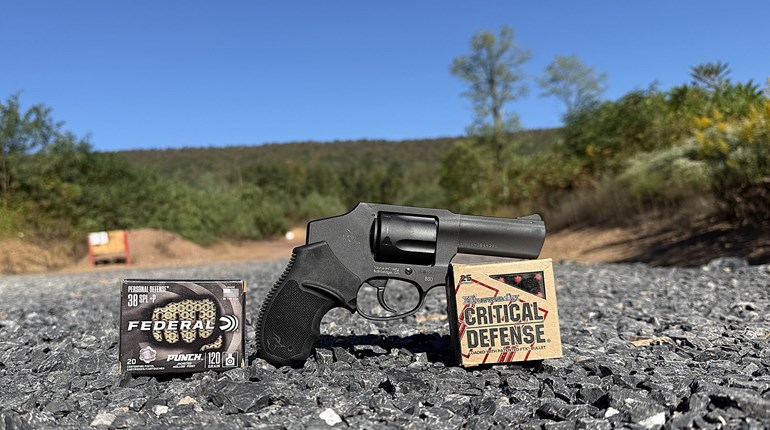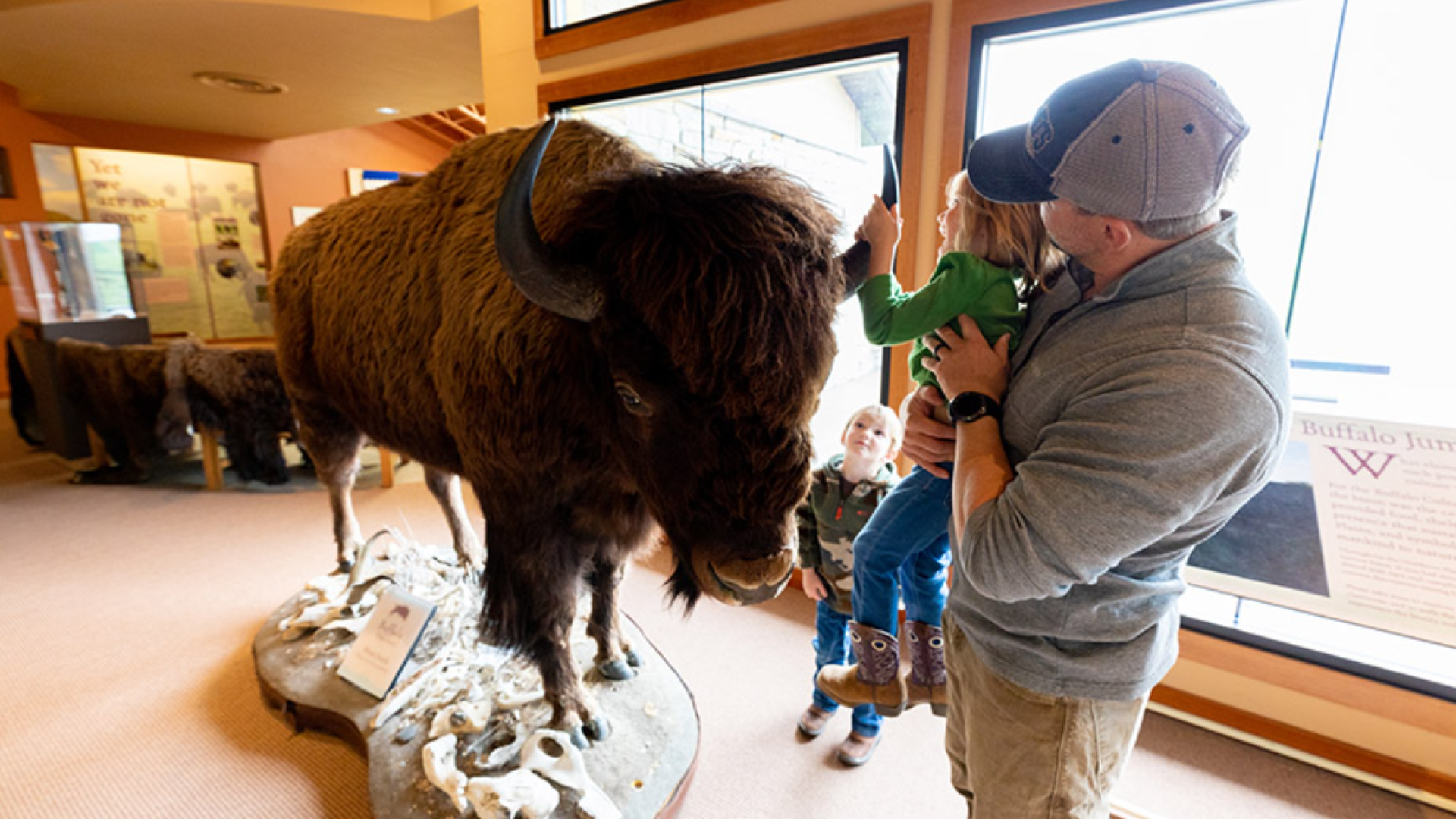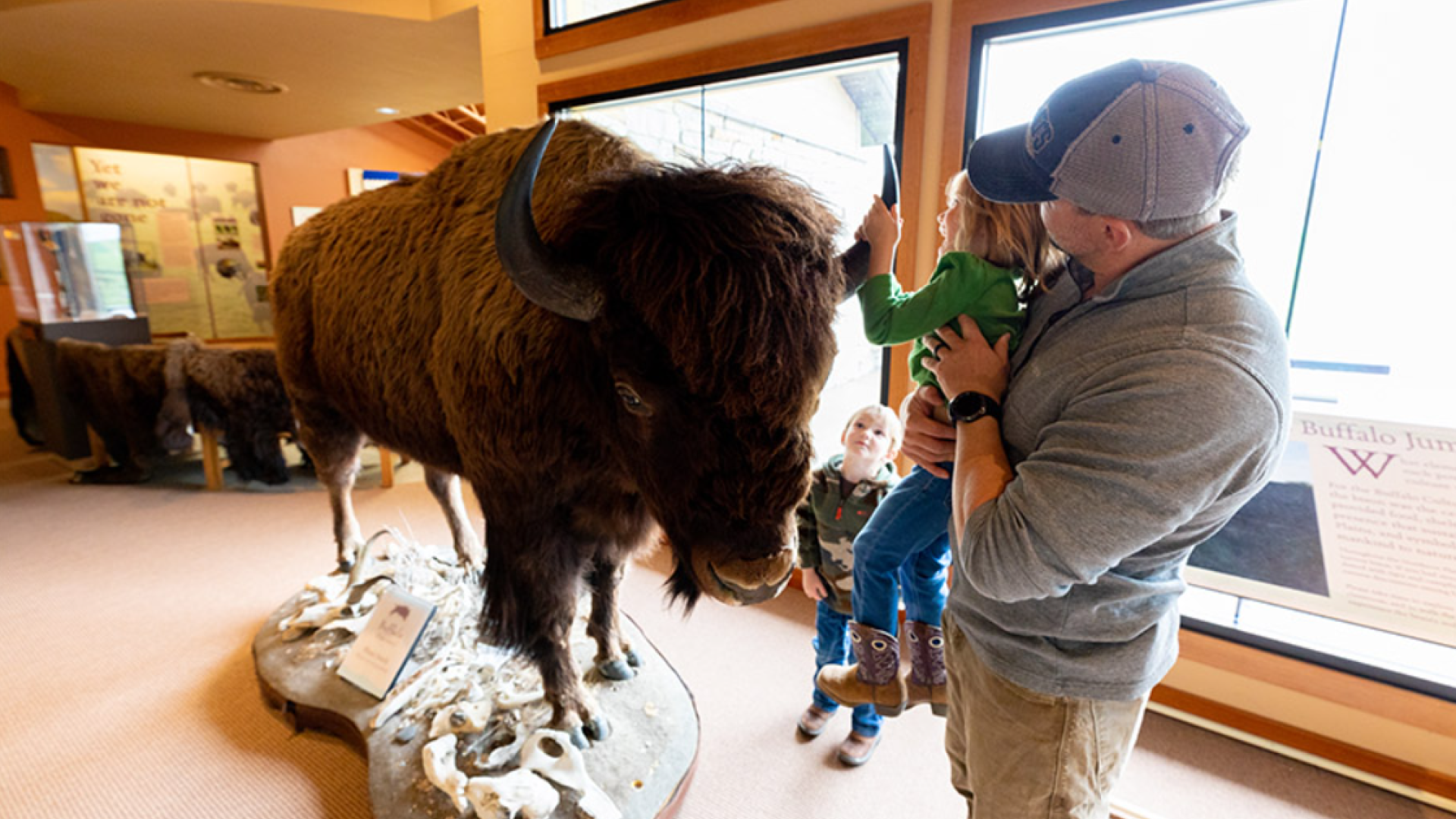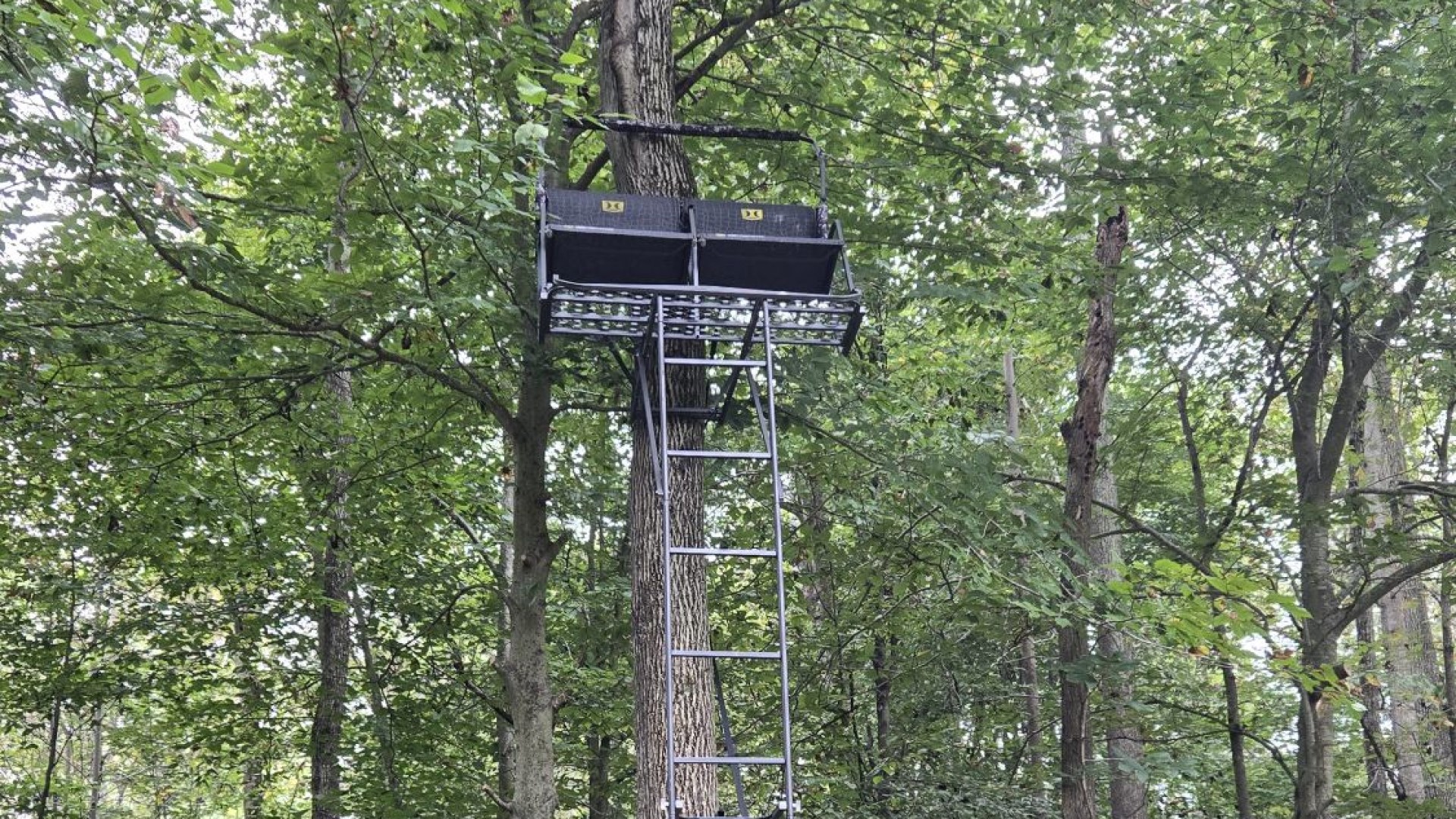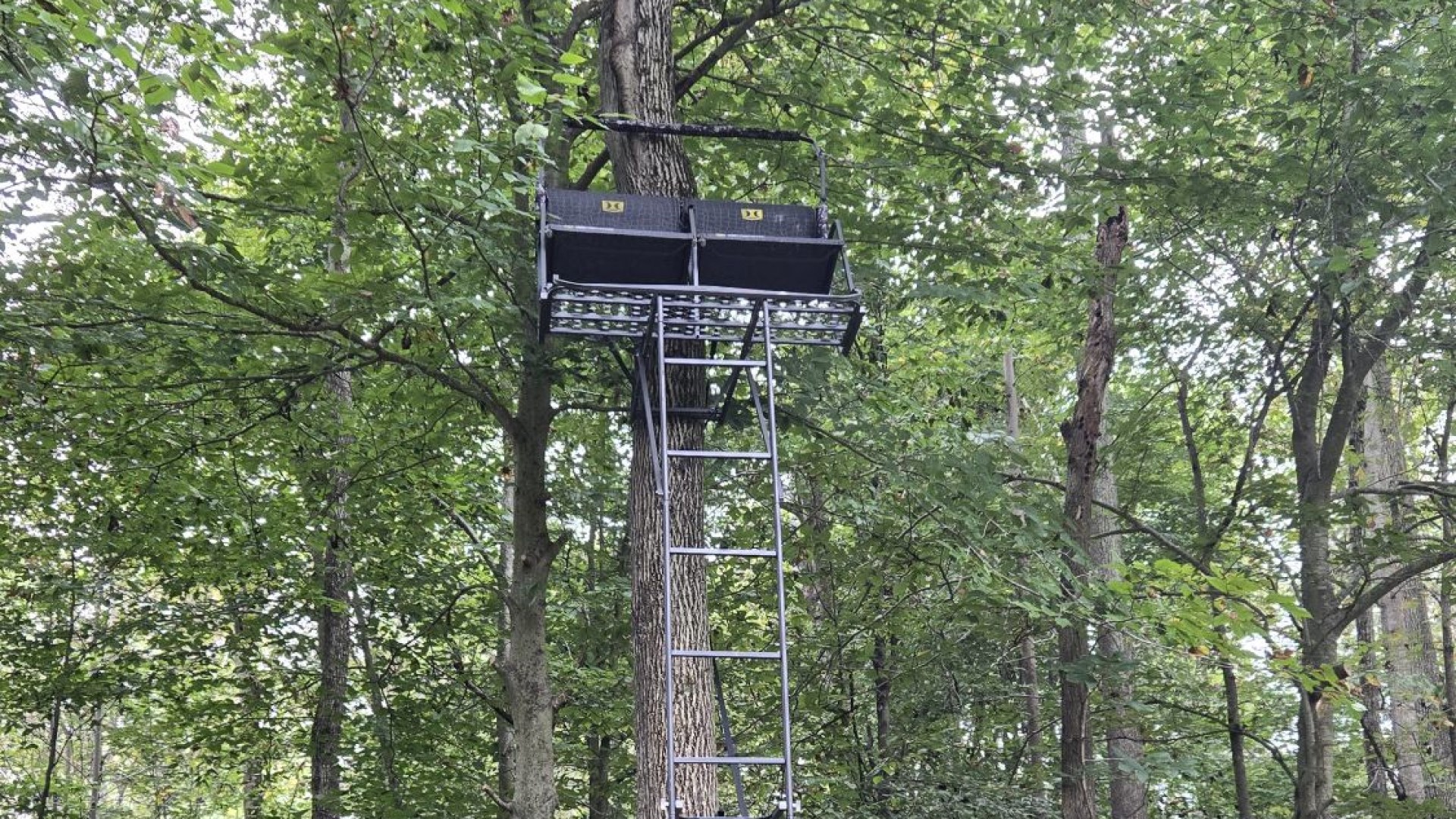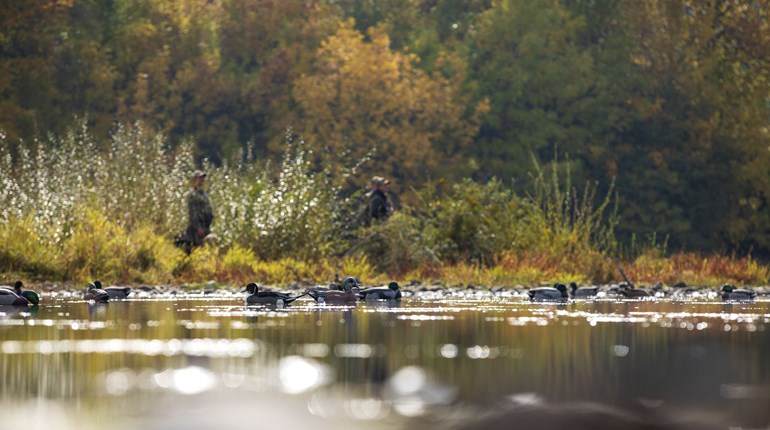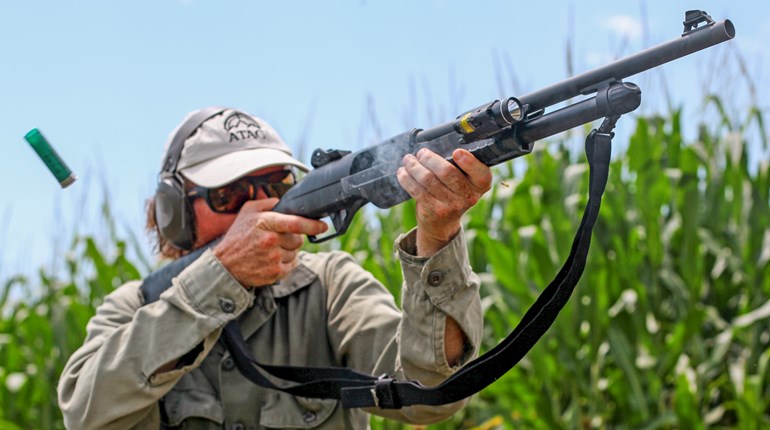
Fire building is one of the oldest skills humans have mastered, a lifeline that provides warmth, protection, and a means to cook. But as essential as fire is to survival, it's also one of the most dangerous elements in the backcountry. One wrong move, and you could be looking at scorched gear, a serious injury, or even a full-blown wildfire. Fire management and safety should be second nature to anyone spending time outdoors, whether facing a survival scenario or just setting up camp for the weekend.
The first step to fire safety starts long before you strike a match. Choosing the right location is critical. Look for an area clear of overhanging branches, dry brush, or anything else that could catch a stray ember. Use the designated fire ring or pit if you're at an established campsite. If you're forging your own way, clear a patch of ground down to bare dirt and build a fire ring with rocks, if possible, to contain the flames. The last thing you want is a gust of wind to carry a rogue ember into the dry underbrush and turn your weekend adventure into a disaster.
Managing your fire means keeping it at a controlled, manageable size … bigger doesn’t always mean better. A small, well-fed fire is more than enough for warmth and cooking, and it’s much easier to keep under control. Firewood and kindling you may gather should be kept tidy and within reach, but far enough away that a sudden flare-up won't ignite your entire supply.
The fuel matters, too. Using dry, seasoned wood burns cleaner and produces fewer unpredictable sparks than damp or green wood. Kindling and smaller sticks are great for getting your fire started, but once you've got a steady burn, add larger logs gradually to maintain a constant, sustainable flame.
Although it should go without saying, never leave a fire unattended. The best way to ensure a fire stays under control is to be there to react if something unexpected happens. Always keep a water source, such as a full canteen or bucket, nearby. A shovel or dirt can also be helpful in quickly smothering a flame if needed. When it's time to put the fire out, douse it with water until the hissing stops, then stir the ashes and add more water.
Fire safety doesn't end when the flames are out. Hot embers can remain hidden beneath the ashes for hours, sometimes even days, after extinguishing a fire. Before packing up and heading on to your next adventure, take an extra minute to ensure every last ember is out and cool to avoid reignition. The best way to prevent an accidental flare-up is to be thorough. If conditions are dry and windy, or there's an active fire ban in the area, it's best to skip the fire altogether and rely on alternatives like a portable stove for cooking.
Another important aspect of fire safety is understanding the different types of wood and how they burn. Hardwoods like oak and maple burn slower and produce consistent heat, making them ideal for cooking and long-burning fires. Softwoods, such as pine and cedar, ignite quickly and tend to burn hot and fast. Understanding these differences can help maintain an efficient fire with minimal risk of unpredictable flare-ups.
Additionally, using locally sourced firewood reduces the risk of introducing invasive pests to new areas, helping to preserve the natural environment. Weather conditions also play a significant role in fire management. Wind can spread embers further than expected, while humidity and temperature affect how quickly materials ignite. Always check the weather forecast before setting up a fire, and avoid lighting one during particularly dry or windy conditions. If you find yourself in an emergency situation where a fire is necessary for survival, position it strategically to use natural windbreaks, such as rock formations or dense foliage, to reduce the chance of sparks traveling.
Abiding by local fire regulations is a responsibility everyone should take seriously. Many parks and outdoor recreation areas have specific guidelines on fire use, including restrictions during dry seasons. Failing to comply with these rules puts the environment at risk and can result in hefty fines. Spending time outdoors means taking responsibility for your own safety and that of the environment around you. Fire can be one of your best tools or worst enemies; it all depends on how you handle it. By managing your fire carefully, you ensure that your time in the field is memorable for the right reasons. Fire safety isn't just about following rules; it's about preserving the land, protecting wildlife, and ensuring future generations enjoy the same outdoor experiences. Handle fire carefully, and it will always be an asset rather than a liability.



